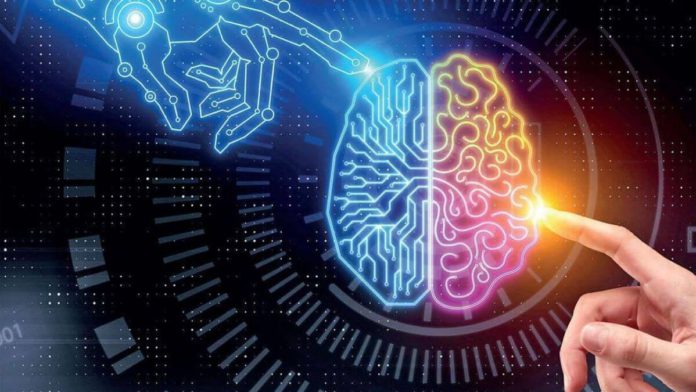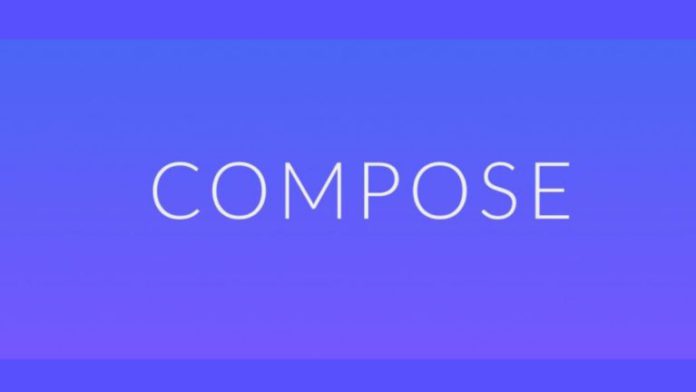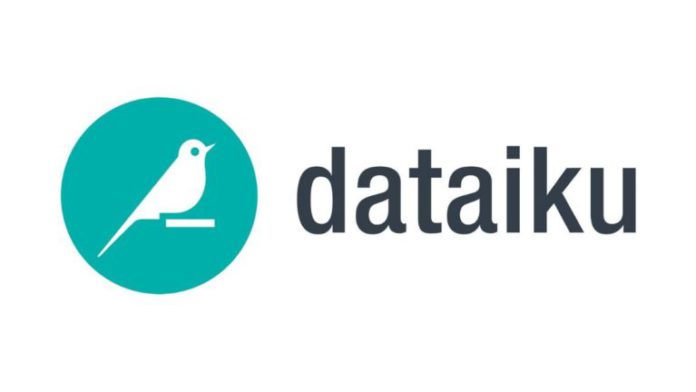DataRobot, the Boston-based data science company, integrates with Snowflake to streamline artificial intelligence reports. The latest DataRobot version 7.1, the company’s second major enterprise release, introduced MLOps management agents, time series model enhancements, and automated Artificial Intelligence (AI) reports. The company also mentioned that the goal is to guide business outcomes for enterprises through AI and to speed up the customer’s time to value (TTV).
This version of DataRobot has instigated MLOps management agents that engage with lifecycle management for AI and machine learning models. These MLOps can detect the model’s current state regardless of their modeled conditions or current running background. They can also automatically retrieve the model artifact and deploy or replace the model directly in their environment.
Read more: https://analyticsdrift.com/ponyai-to-launch-robotaxis-in-california-by-2022/
Version 7.1 renders push-down integration for the Snowflake and also improves the time series Eureqa model. With this, the Snowflake customers can see into automatic discovery and compute features in the snowflake data cloud. And can also run forecasting models on Eureqa.
The intriguing aspect of the new version is that it gives the leverage of turning deployed AI models into AI apps even without the baggage of coding. Scoring new data, performing what-if scenarios, optimizing the output by running simulations to obtain inputs, automated time prep for time series, and automatic identification of model projects, nowcasting, prediction and scheduling interface are the added advantages of the app builder.
“We’re thoroughly committed to creating a platform that empowers every individual from the most advanced data scientists to the everyday, non-technical business user to take advantage of AI. By easing the model lifecycle process and cutting down the time to value, this latest round of enhancements gives enterprises the tools they need to build better, manage, and see value from their AI projects,” says DataRobot SVP Nenshad Bardoliwalla in the press release.











